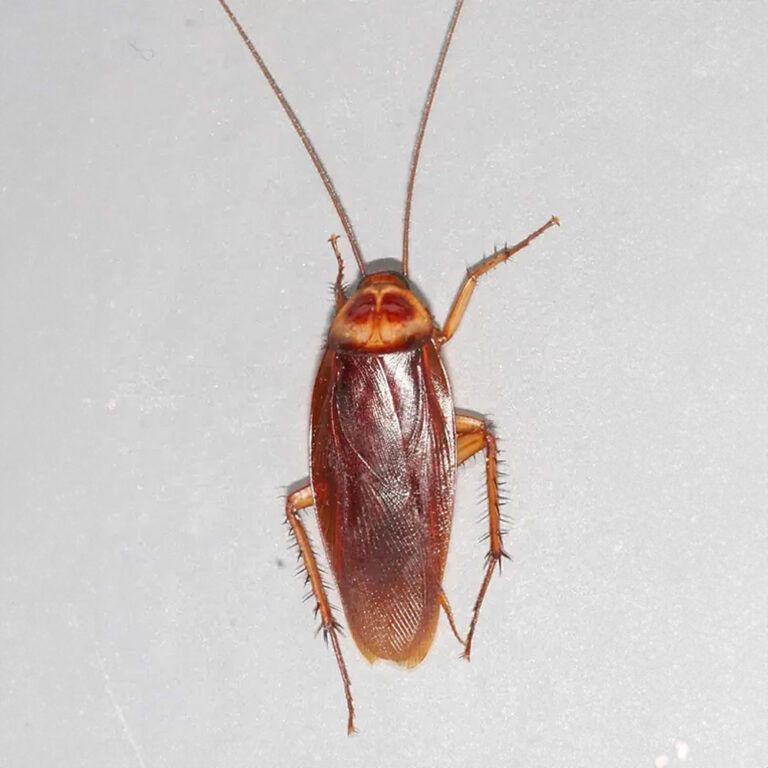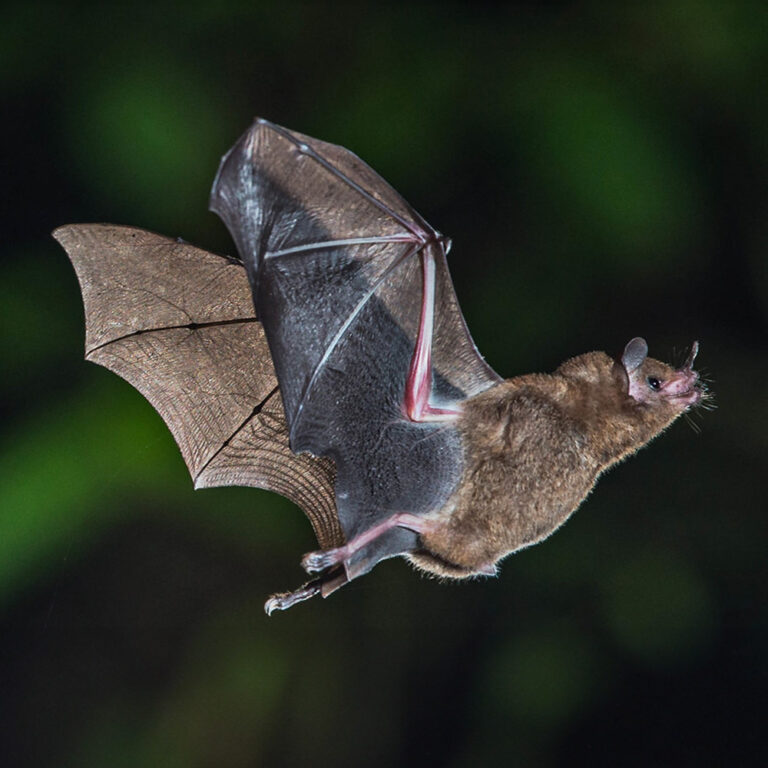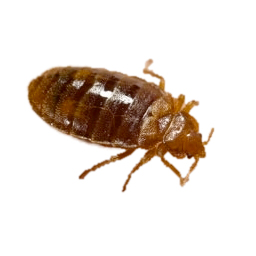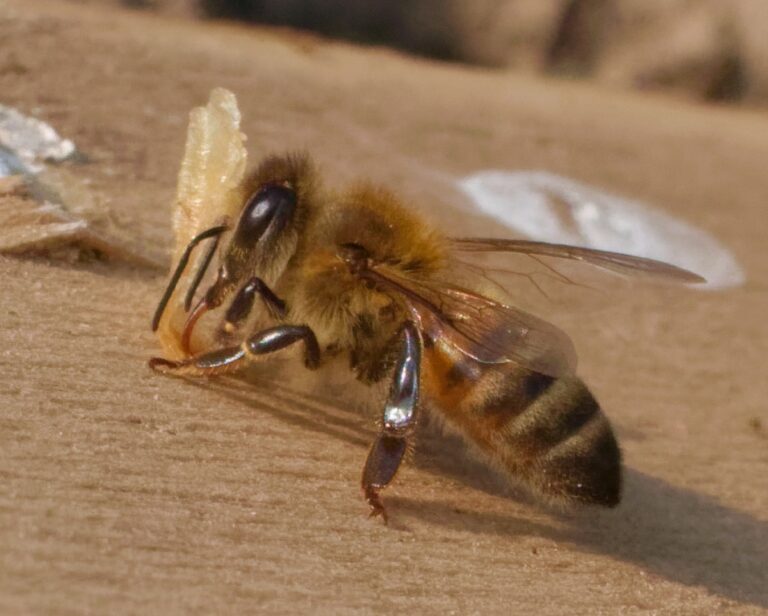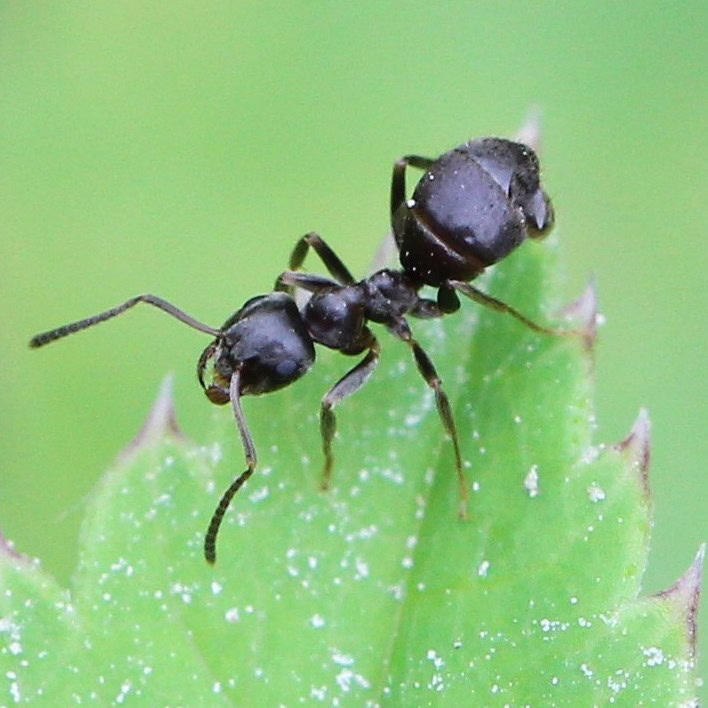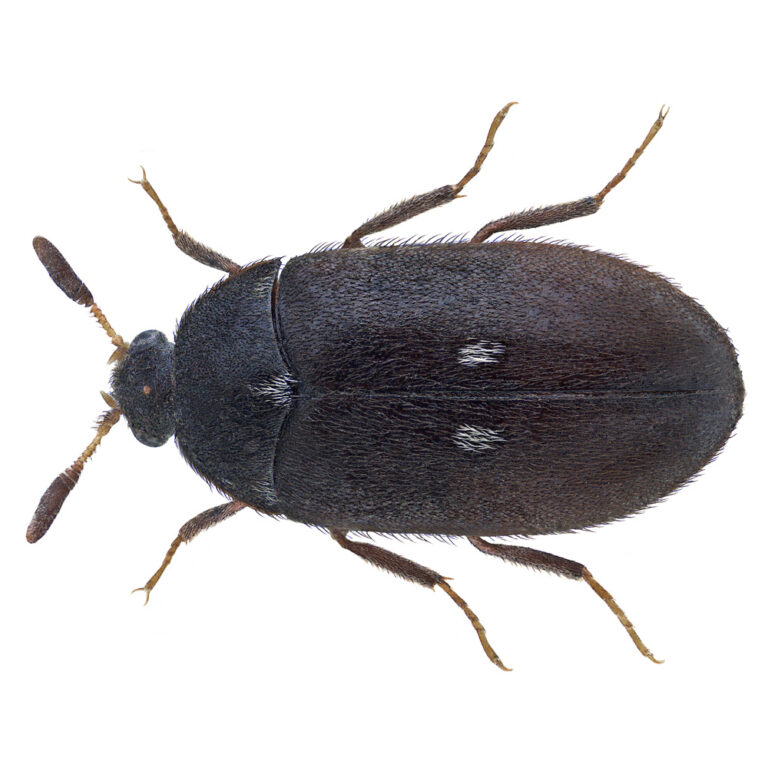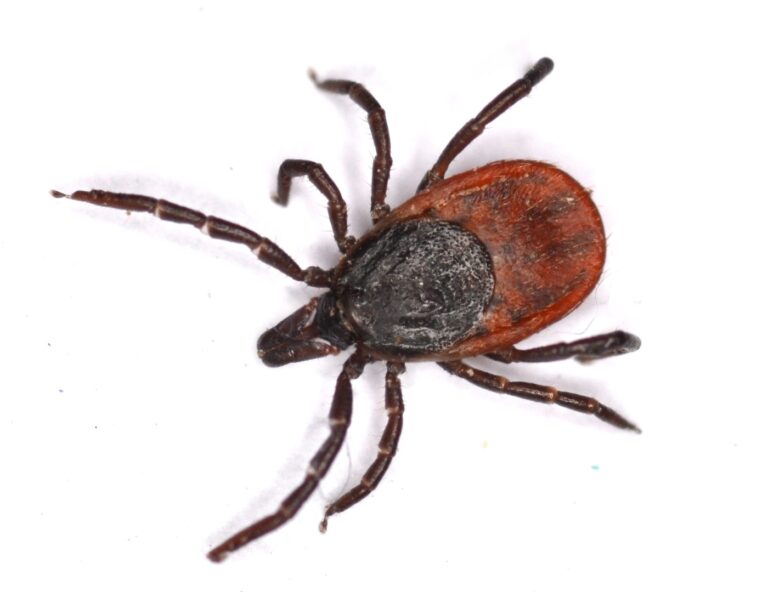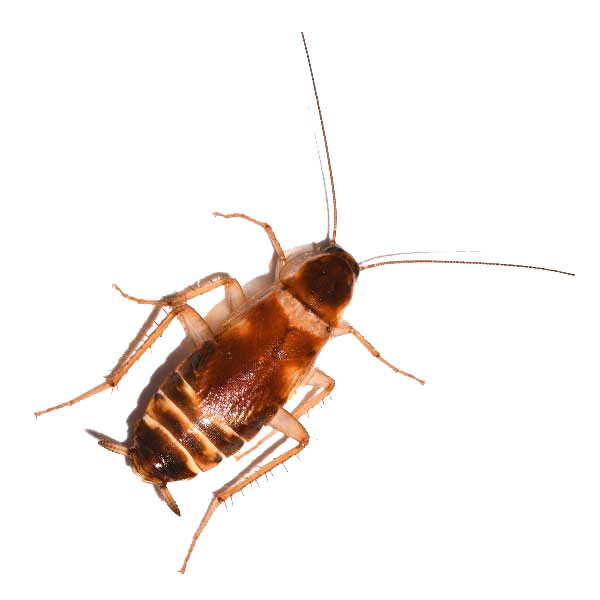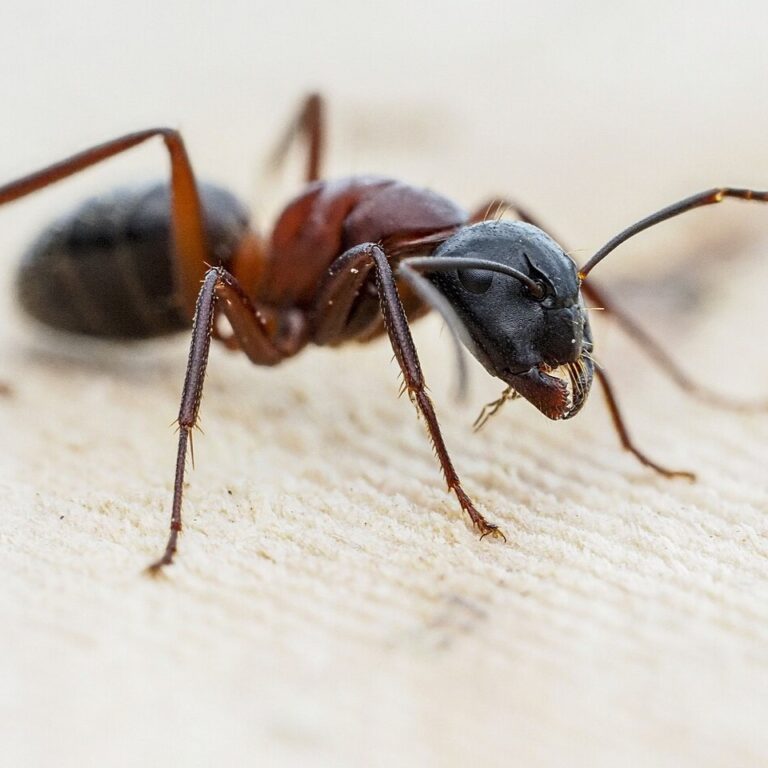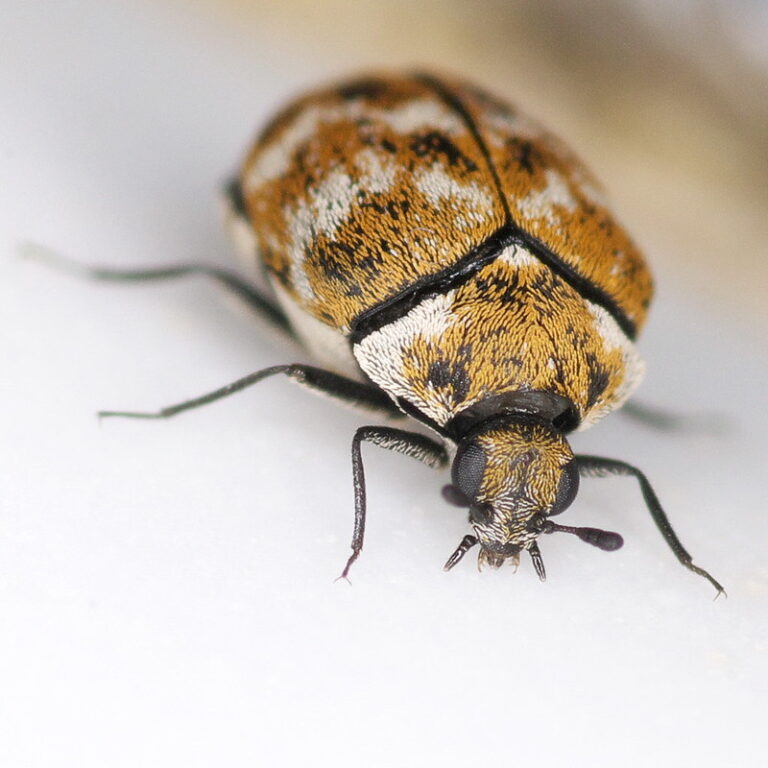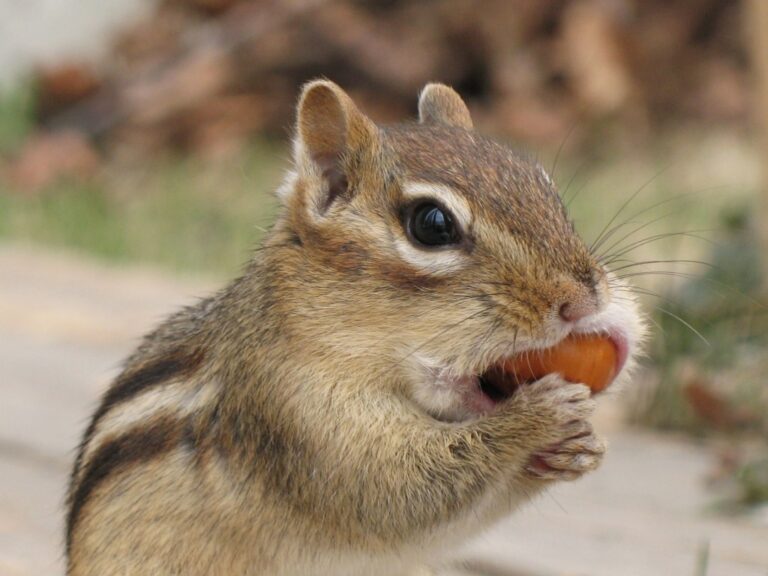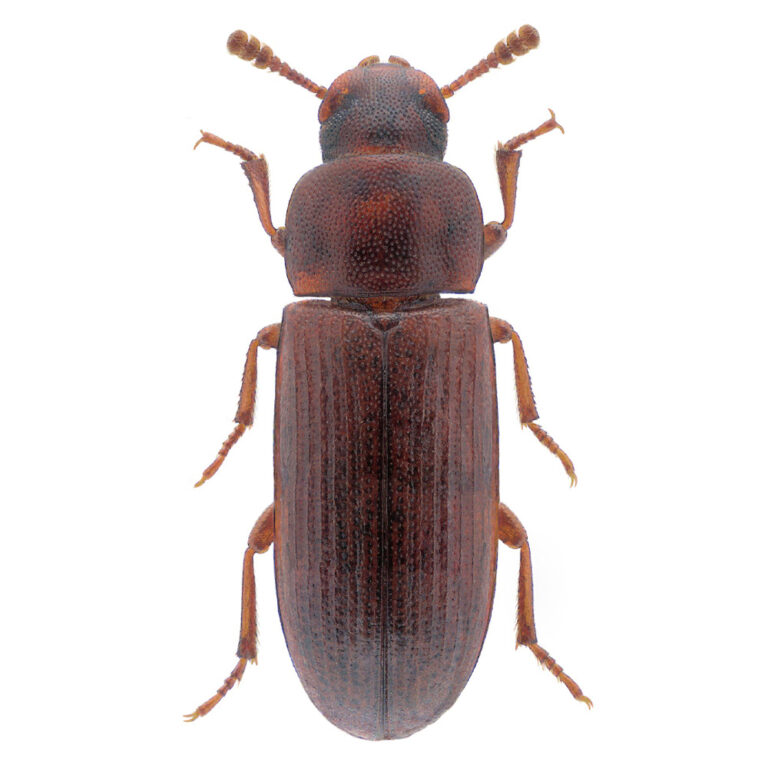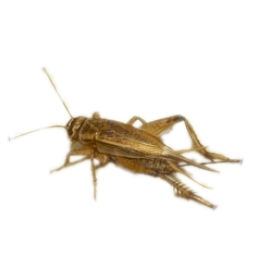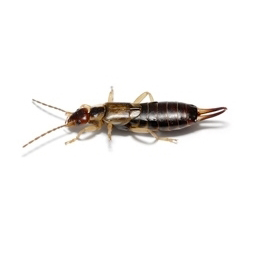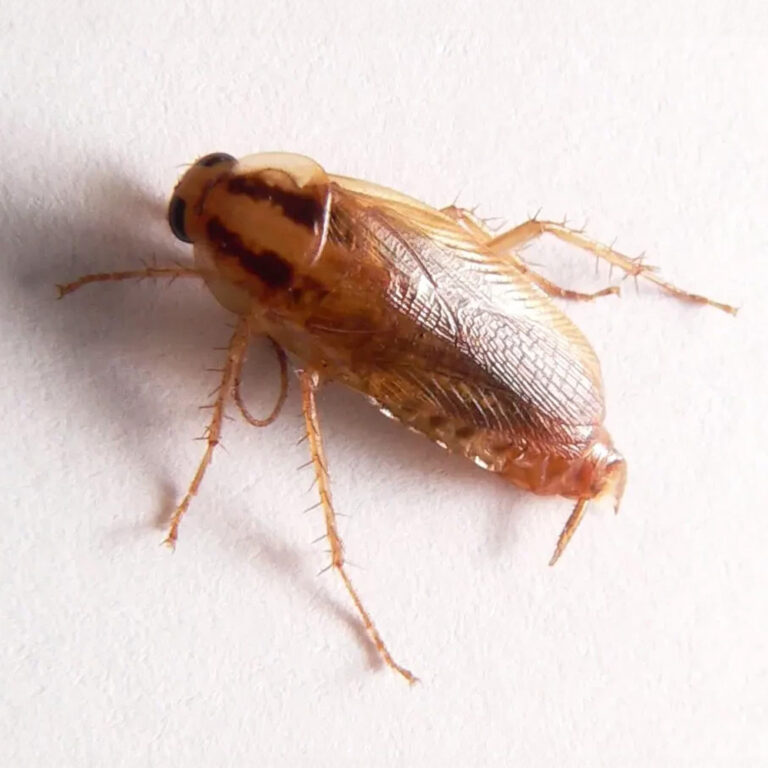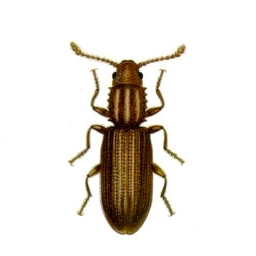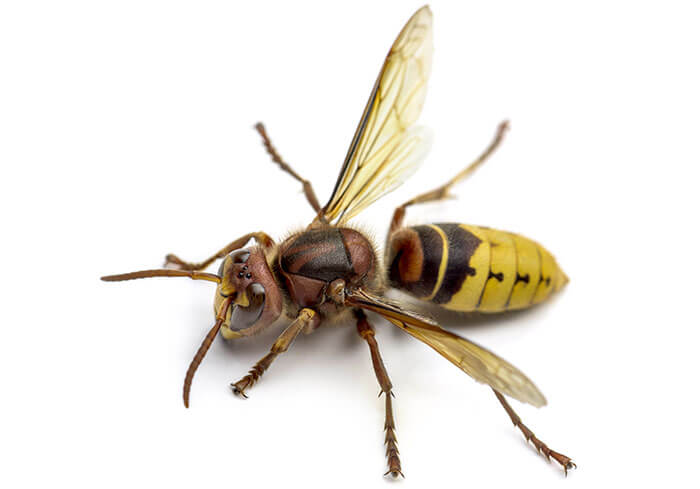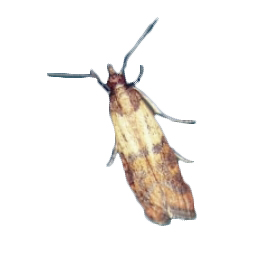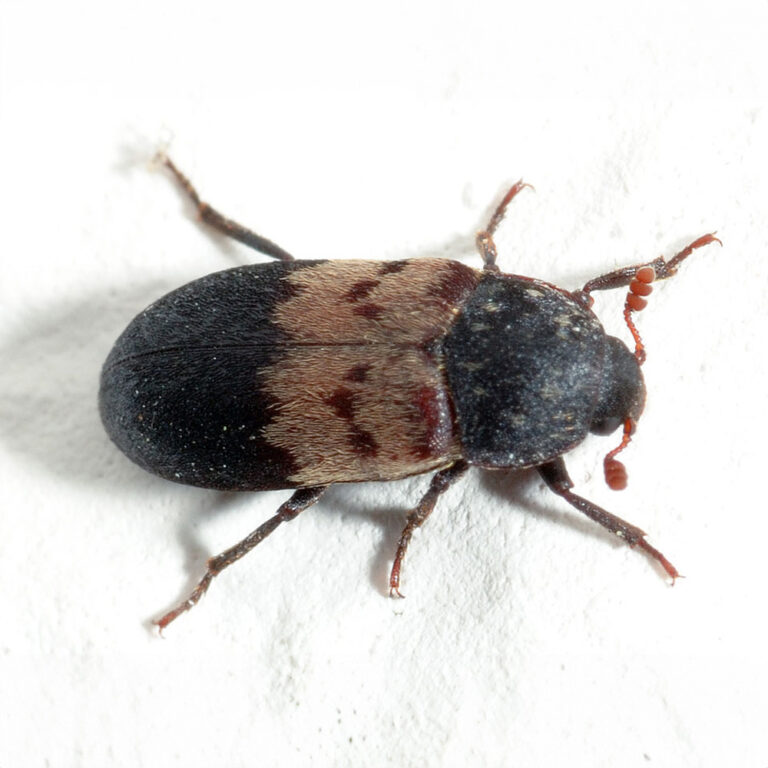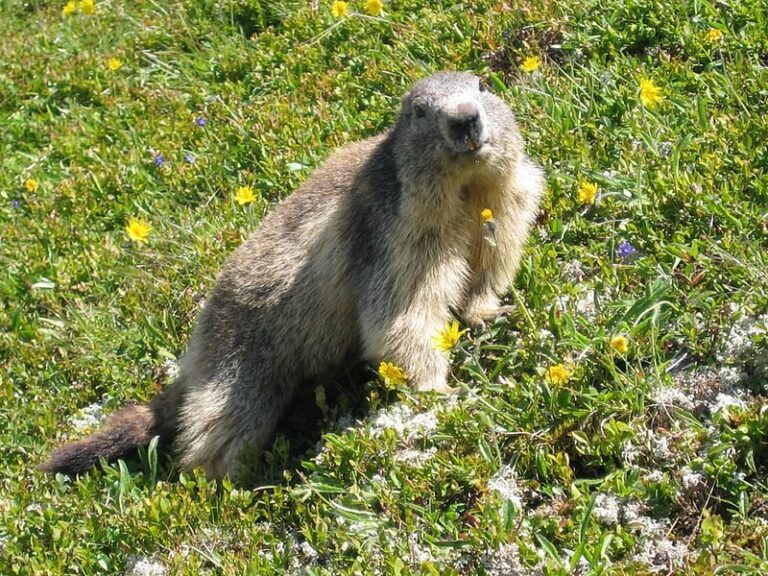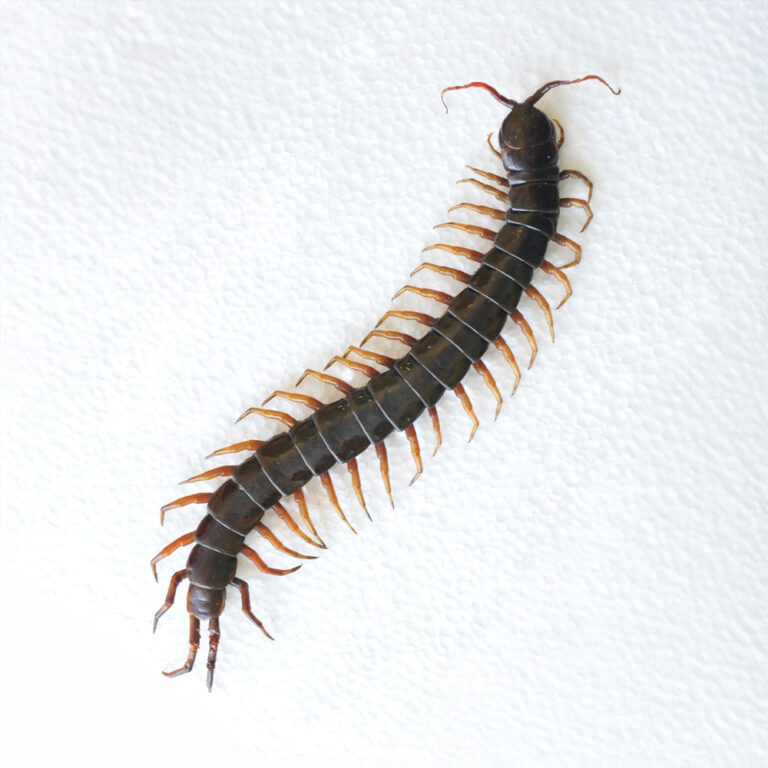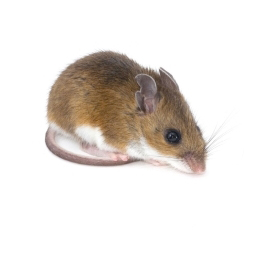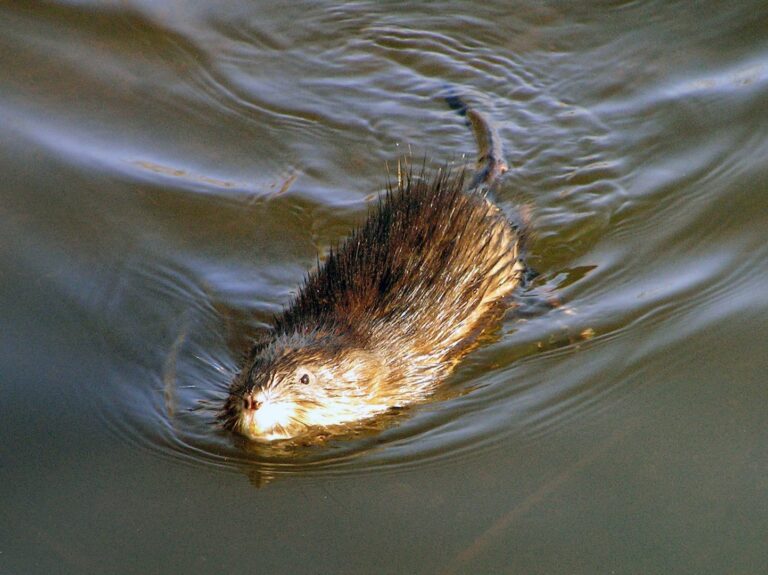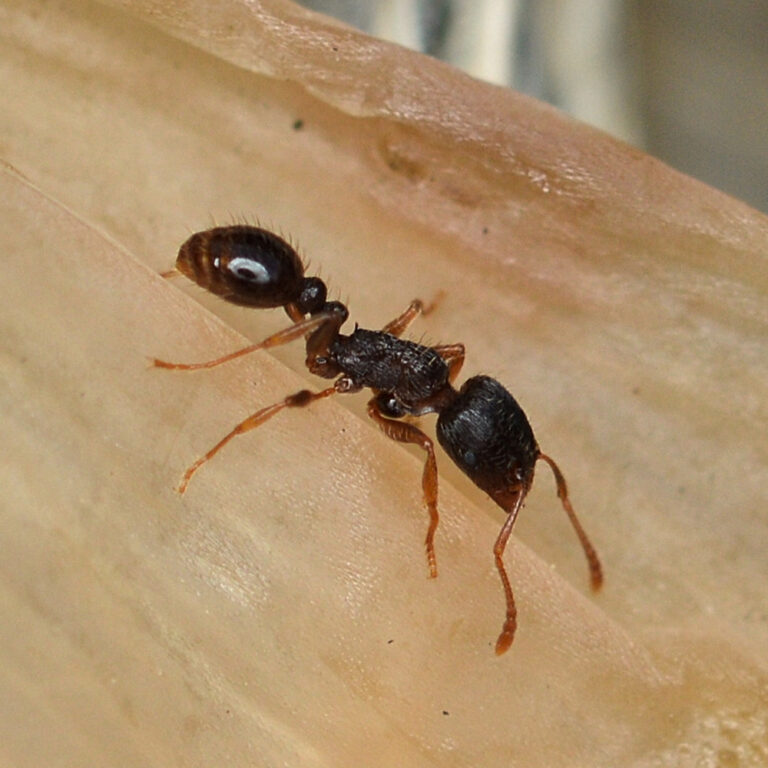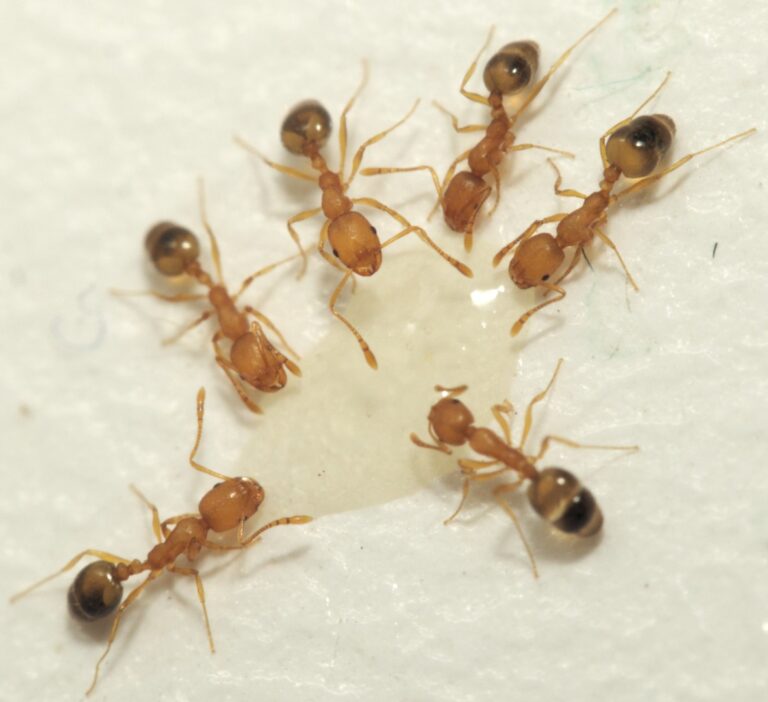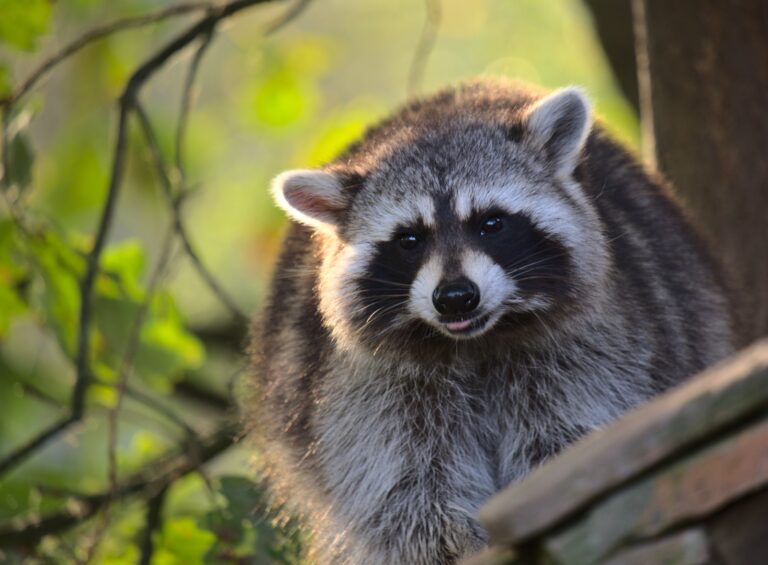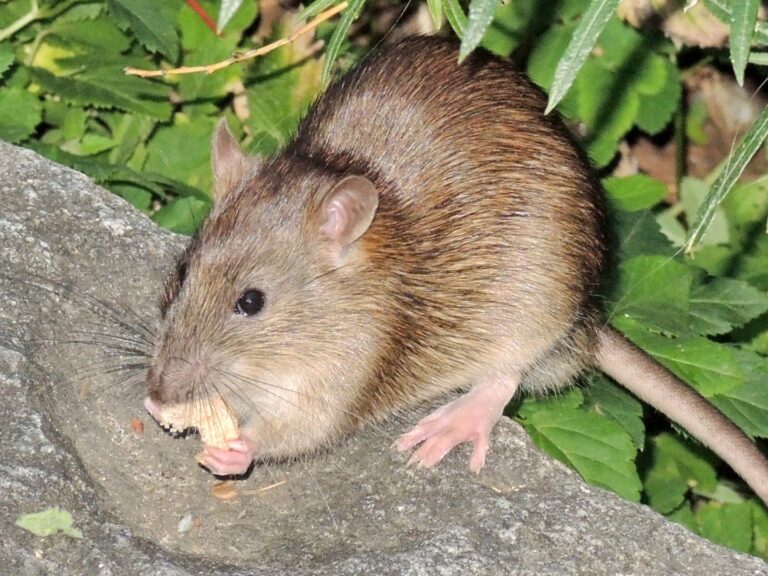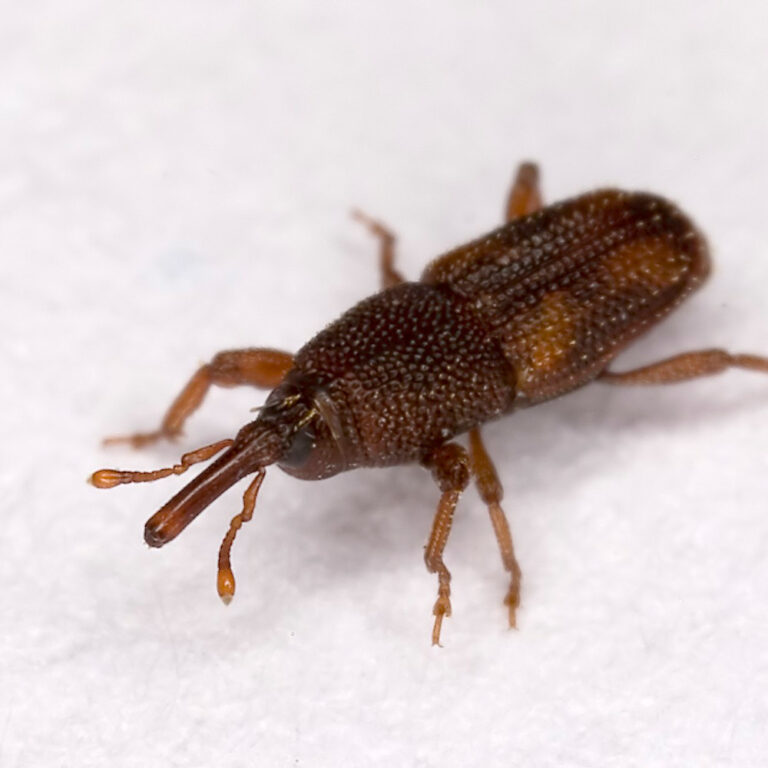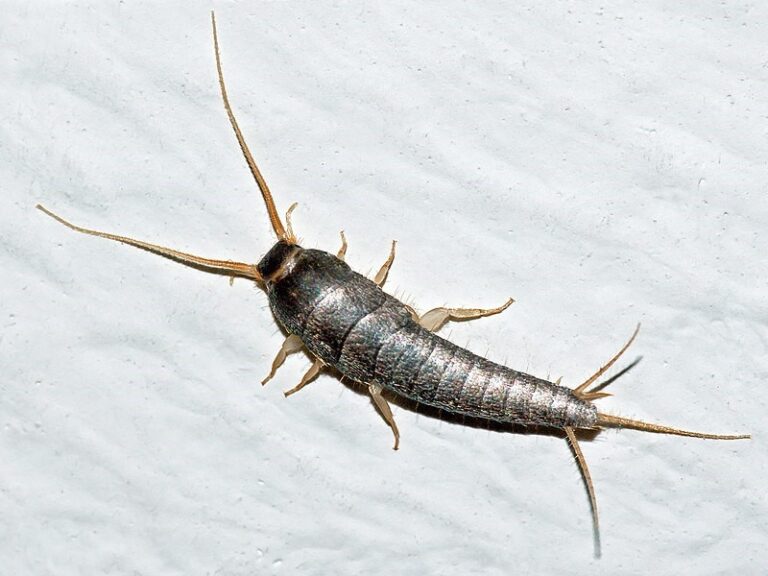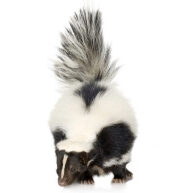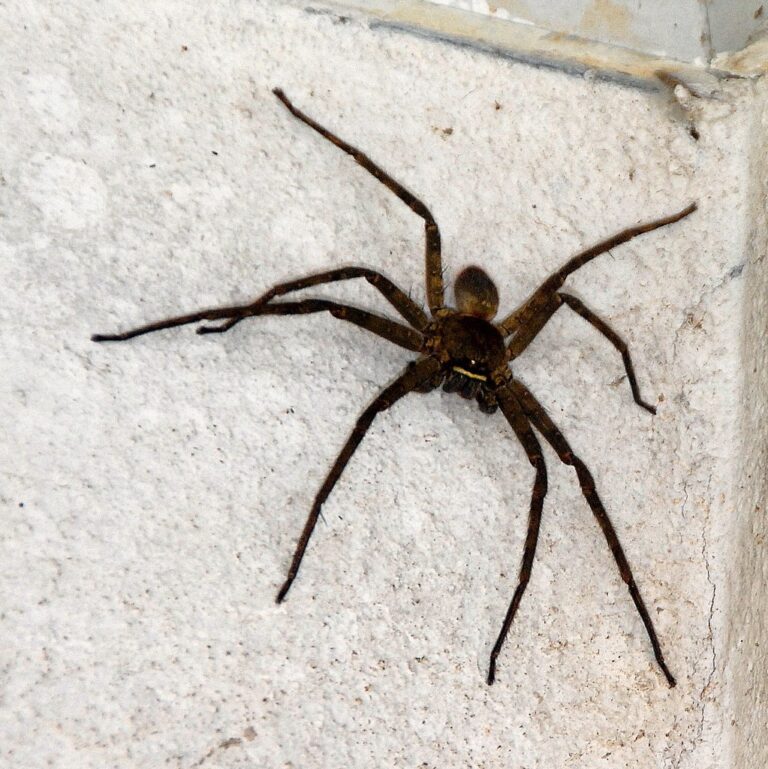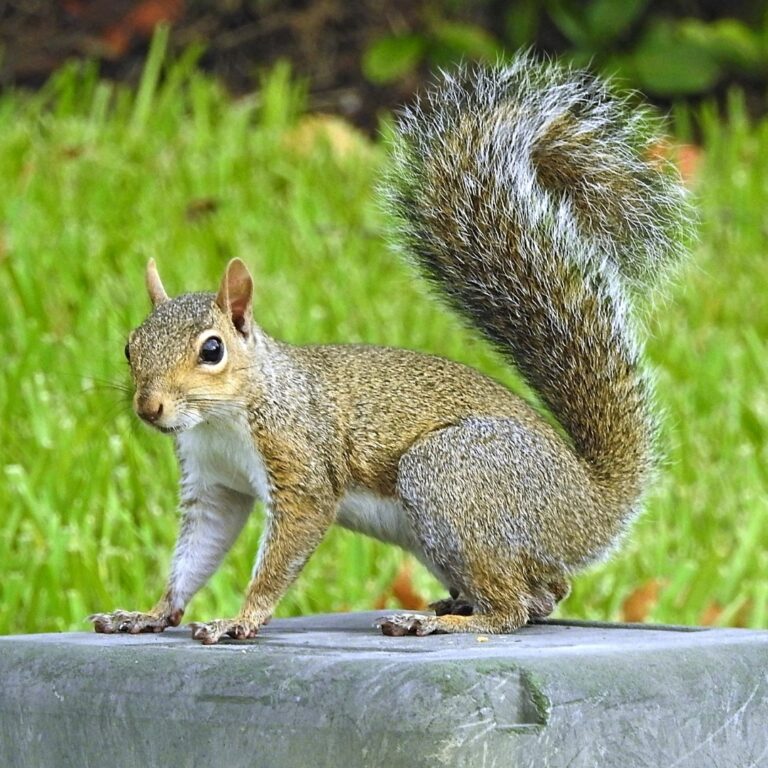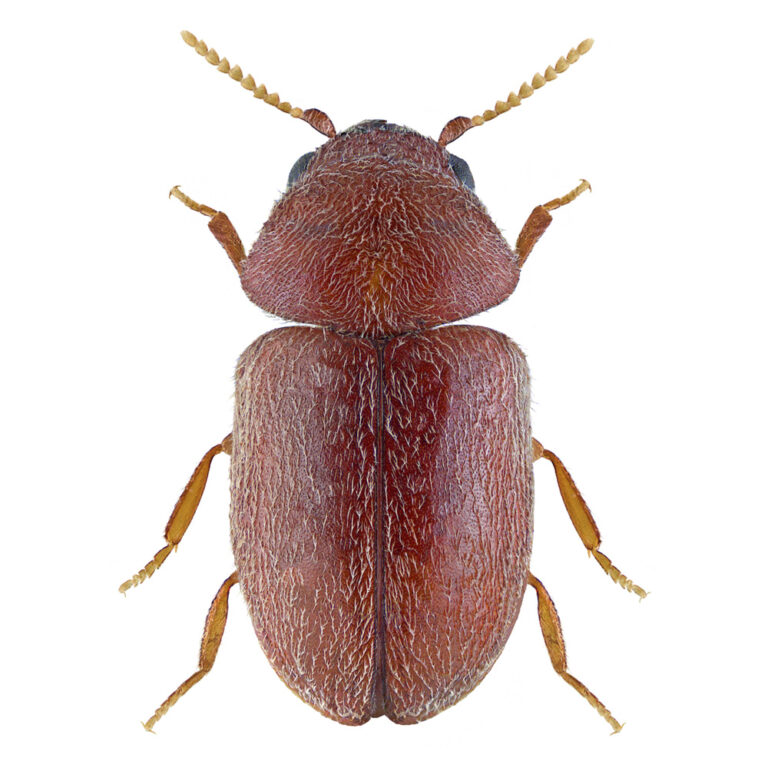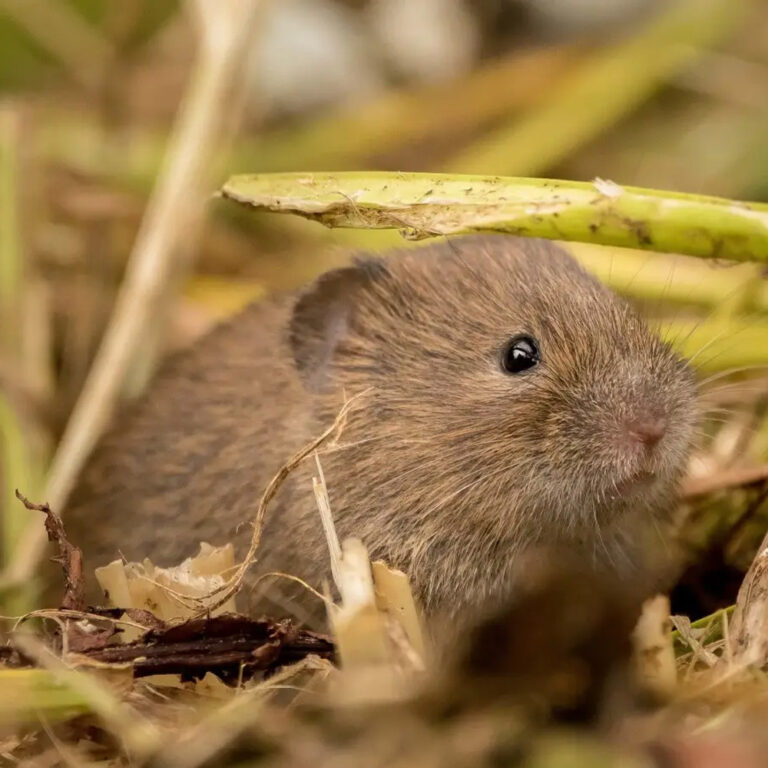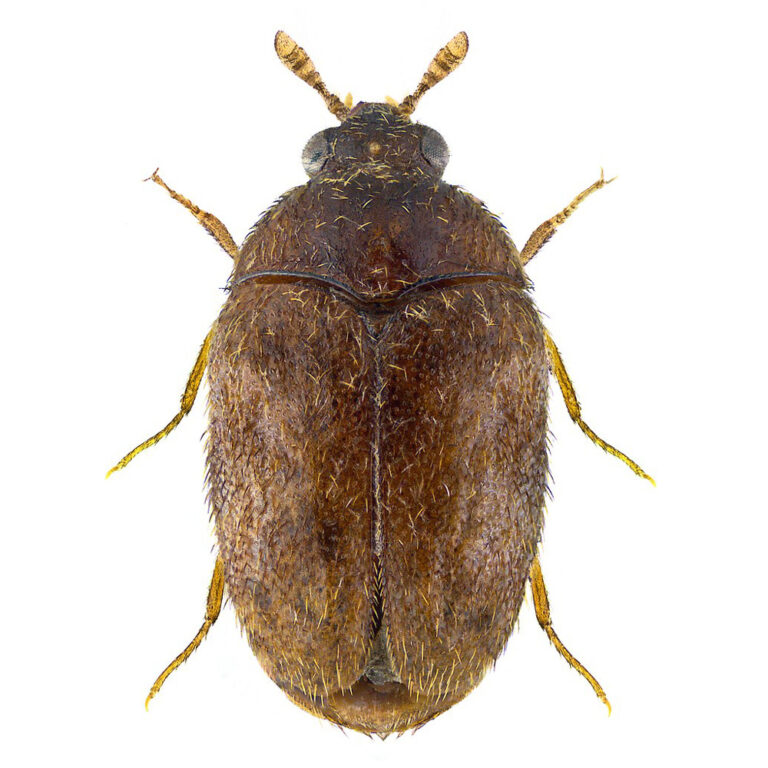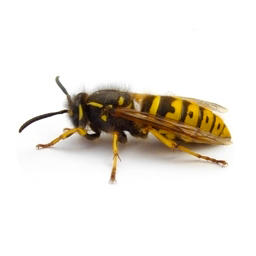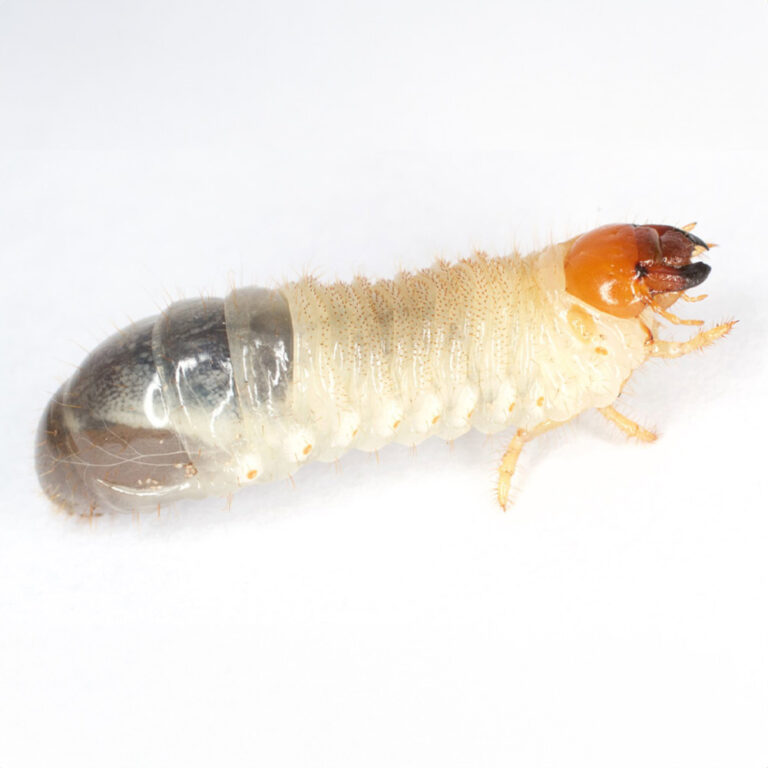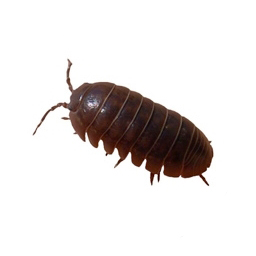Insect and rodent pests
It’s more common than you think to be invaded by pests, insects, rodents or wild animals. When reproduction and development conditions are optimal, these pests proliferate rapidly and in large numbers, bringing with them all the inconveniences of an infestation. While some of these organisms are essential to the ecosystem in natural environments, their presence in agricultural, residential or commercial environments can quickly turn into a nuisance. That’s when professional pest management makes all the difference!
Numerous pest species
Quebec’s temperate climate is conducive to the proliferation of a wide range of insects and rodents. While they sometimes go unnoticed outdoors, when they find refuge indoors once colder conditions return, their presence becomes disturbing. To provide you with the optimum treatment, our team of specialists identifies the invasive species and observes the movement of populations. That’s what makes our interventions so effective!
Find out more about some of the most common pests on our territory:
Safe, professional interventions
Whatever species of insect or rodent you’re dealing with, the safety of your environment is certainly a priority. It’s also the main concern of our team at ExterminaPro. All the treatments we offer comply with the most stringent industry standards and are designed to be environmentally friendly. As part of our integrated pest management programs, pesticides are used only as a last resort, to protect humans, non-target organisms and the environment. Learn more about our ecological approach by talking to our specialists.

